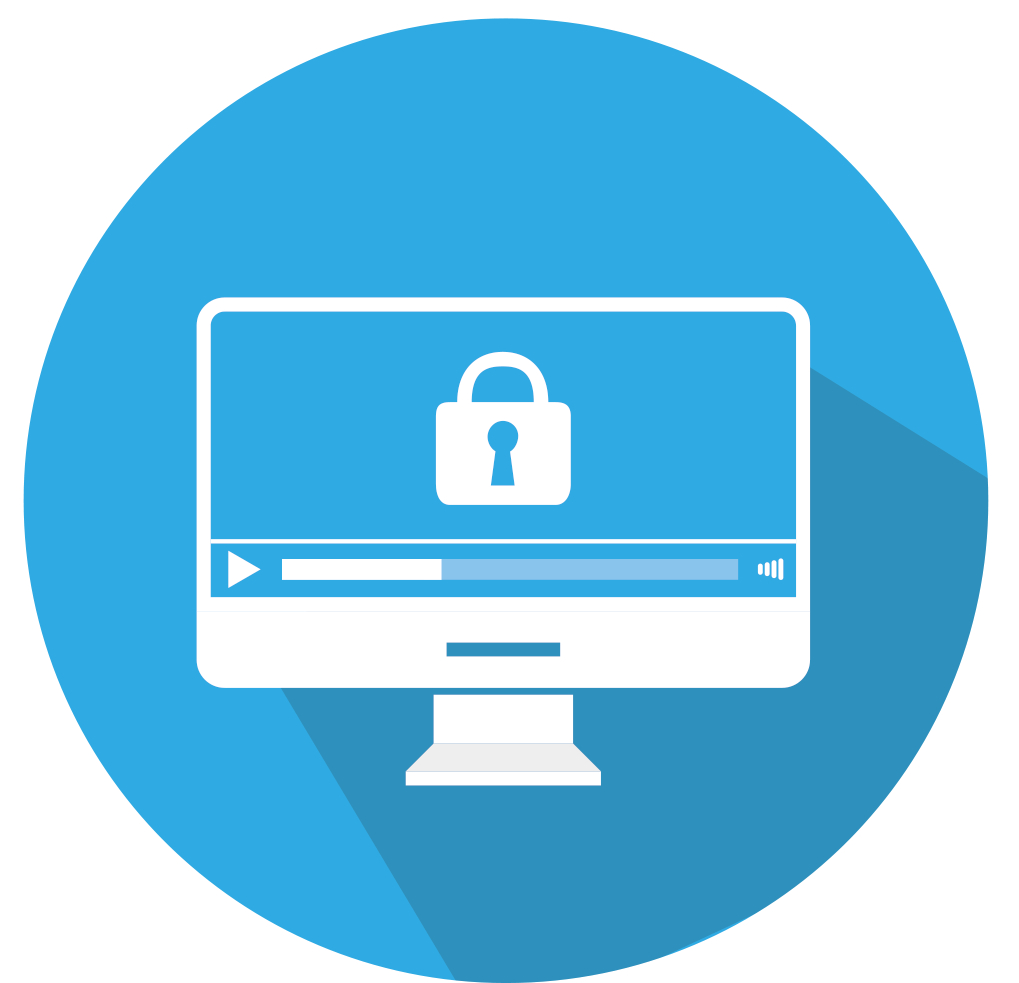Introduction

DRM or Digital Rights Management is a type of technology designed to place restrictions with the licensing of content and media. This glossary entry will explain the uses of DRM, examples of the technology as well as other relevant background information.
Uses of DRM
DRM technology can be found in many types of media and technologies such as video games purchased electronically, traditional DVD players, purchased movies, ebooks, podcasts and music and are designed to prevent copying, modifications or the ability to play content with other types of software.
DRM can also be used to protect content broadcasts such as TV shows or other programmes been aired by media companies. This type of DRM technology uses proprietary encryption techniques to control how media can be played and often will use proprietary file extensions that can’t be played in common media players like Windows Media player or Quicktime for macOS.
The software required to interpret and play these file extensions is then licensed by the copyright holder to companies to limit who can play certain files and ensures the copyright holders maintain control over the content and how it is consumed.
Other uses of this technology are commonly used in video games which will require an online server or account to be logged in before the game can be played thus preventing players from joining online multi-player environments without passing through the companies servers.
DRM technologies can also be used to protect confidential documents and or restrict viewing for internal use only.
Examples
There are a wide array of DRM technologies and companies in existence this section will highlight some of the notable ones that are or have been in use across popular types of content.
1) Denuvo
Denuvo is a piece of software used by many video game publishers such as EA and Ubisoft and many more, headquartered in Austria their technology uses online activation servers to validate games and uses proprietary encryption to do so.
Between 2016-2017 a team of developers were able to successfully crack and bypass the Denuvo protection in a number of popular games on release including Assassins Creed and Lara Croft Tomb-raider series shortly after launch.
2) SafeDisc
SafeDisc was a technology designed to prevent the copying of disks and was introduced in 1998 and discontinued in 2009, the technology which has since been successfully cracked worked by creating a unique digital signature on each disk which was then verified when the disk was inserted by additional proprietary software contained within the disk.
3) TPM (Trusted Platform Module)
TPM or Trusted Platform Module is an international standard used by chip manufacturers like Intel to secure hardware with integrated encryption keys. The purpose of the technology is to authenticate hardware devices attached to a computer, although TPM is a security oriented system it technically falls within the area of DRM due to how it operates.
TPM is widespread and used by nearly all laptop and desktop manufacturers such as Acer and Dell as each TPM chip has a unique secret key hard coded into it. By integrating the encryption on a hardware level software based attacks like dictionary attacks are less effective at cracking passwords.
The technology is most notably used by Bitlocker which is a built-in disk encryption feature in Microsoft Windows allowing users to encrypt their entire hard drives or SSD.
Controversies
Over the years as copyright holders have sought more control of content in the ever changing digital landscape DRM technologies have remained a very controversial topic among technologists who argue that such systems impinge their basic consumer rights and freedoms.
Others argue that such technology stifles innovation and helps to keep companies in control whilst limiting opportunities for smaller competitors to enter the market with content that may be better. Other gamers have accused DRM software of slowing down games and using significantly higher resources on computers and gaming consoles.
Other uses of the technology include the removal of content from devices, this was used by Amazon back in 2009 when they remotely removed copies of George Orwell’s 1984 book from Amazon Kindle devices.
Conclusion
We hope you found this page to be helpful, if so be sure to share it with your friends and check out other entries on our glossary and check out our software and business services for more.
![logo-new-23[1] logo-new-23[1]](https://agrtech.com.au/wp-content/uploads/elementor/thumbs/logo-new-231-qad2sqbr9f0wlvza81xod18hkirbk9apc0elfhpco4.png)